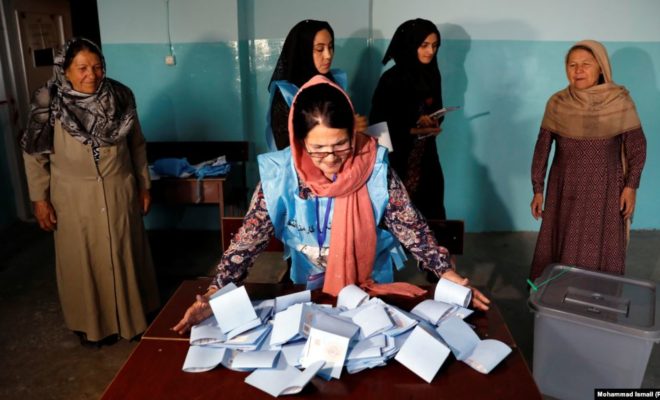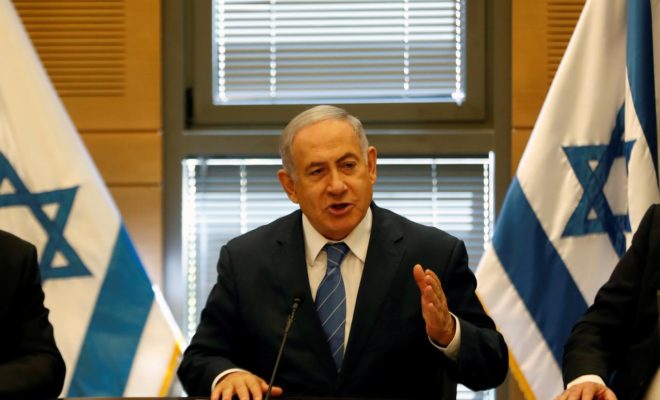The Afghan people will head to the polls on the 28th of September to vote for a new president. It will be the country’s fourth presidential election since 2001.
Why This Matters
Afghan voters are hesitant about going to polls on Saturday, following several messages from the Taliban threatening to disrupt the polls. On September 19 more than 30 Civilians were killed by a US drone strike intended to kill members of the Islamic State in a hideout. According to the United Nations, at least 3,812 Afghan civilians were killed or wounded in the first half of 2019.
The fear remains that more people could be targeted during the elections. Aside from security worries, voters are disillusioned due to last year’s elections which remain questionable due to widespread incidences of malpractice like vote-buying and fraud.
How Afghan Elections Work
The President of Afghanistan is elected using the two-round system where if no candidate receives the required number of votes if the first round of elections, a second round will be held for the top two candidates.
Adult Afghans vote through a ballot system. There are about 9.1 million registered voters in Afghanistan, that is bout 27.4% of the total population. On the day, 72,000 security personnel and 110,000 poll officials will be deployed to the 5373 polling units across the country.
Meet the candidates
There are about 19 presidential candidates running for office, including incumbent president, Ashraf Ghani, who is seeking re-election under the slogan “Dawlat Saaz” or State Builder.
Abdullah Abdullah: Ghani’s strongest challenger and his campaigns slogan is “Stability and Integration.”
Ahmad Wali Massoud, Gulbuddin Hekmatyar, Abdul Latif Pedram and Rahmatullah Nabil are also among the top contenders.
If none of the candidates secure up to 50 percent of the vote to win outright, a runoff will be held between the top two contenders – most likely on November 23.


